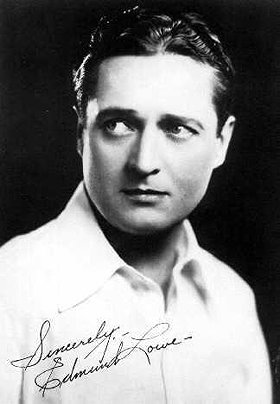
Fame is a fickle thing. Many of the biggest stars of yesteryear are now mere footnotes in pop culture history and remain largely unknown even to us classic film fanatics. The Marathon Stars Blogathon is the perfect chance to dive into one such actor whose star shone brightly in the late 20s and early 30s: Edmund Lowe.
Debuting in 1915 onscreen and becoming a lead in the early 1920s, Lowe reached the peak of his career in the late silent era and Pre-Code era. By the late 1930s, Lowe slipped comfortably into supporting characters in studio films alongside lead performances in independent films at Poverty Row Studios.
I decided to delve into his career after seeing him opposite Clair Trevor in Allan Dwan’s 1935 comedic drama Black Sheep. A card shark aboard a cruise ship, Lowe’s character exudes a rare air of class mixed with impeccable dry humor and wit. Trevor and Lowe are the perfect match, going toe-to-toe as they work together to save Lowe’s long-lost son from a con artist aboard the ship. Was this role lightning in a bottle or were there more great Edmund Lowe characters to discover?
Edmund Lowe and Claire Trevor knock it out of the park in Allan Dwan’s Black Sheep.
Unbeknownst to me, Black Sheep wasn’t the first film I had seen Lowe in according to my Letterboxd diary. He starred as a similarly suave character who stands up to the mob in The Devil is Driving which played on Criterion Channel’s collection of Paramount Pre-codes a couple of years back. A middle-of-the-road Pre-code programmer, the film didn’t leave too much impression on me but I remember enjoying Lowe’s humor.
Lowe also played a small character in George Cukor’s Dinner at Eight which I didn’t even remember until Letterboxd reminded me. He apparently also had a brief cameo, along with half of Hollywood, in the Best Picture-winning Around the World with 80 Days, appearing with his frequent co-star Victo McLaglen.
To dive into his career, I selected several films that spread across all periods of his career from his early days as a romantic lead in silent films to his final years as a supporting actor in Poverty Row productions.
A Silent Hero
Edmund Lowe cut his teeth in vaudeville first appearing onstage when 20 years old in 1910. In 1915 he dabbled in film but didn’t fully commit to the medium until the end of the decade. By the early 1920s, he had solidified himself as a leading man. Because of his films from the period are lost, I didn’t have too many options to choose from.
In 1923’s The Silent Command, Lowe plays a Naval Officer overseeing special operations on the Panama Canal. A victim of a plot to undermine his social standing and steal vital military secrets from his office, Lowe must fight off a band of undercover agents, led by a gleeful Bela Lugosi in his first-ever Hollywood role, to save prevent a mine explosion and win back his reputation. The setup and climax set in Panama make for a gripping spy thriller even if the second act gets muddled in a rather uninteresting social and marital drama.
A young Edmund Lowe battles it out with a devilish Bela Lugosi.
Lowe plays a rather uninteresting, straight-laced hero who could have been played by just about any attractive actor who looks good in a navy uniform. He shows up, does his job, and saves the day. Despite his cookie-cutter role, Lowe manages to inject an ounce of wit into his character, making a snide remark to his disapproving father-in-law. Other than that I saw none of the qualities that made me interested in watching more of Lowe’s films although he did handle the climactic fight scene rather well.
Luckily for me (and for Edmund), Lowe’s image changed dramatically with the overnight success of 1926’s What Price Glory in the role he is still best known for today. Lowe plays Sergeant Quirk in World War I who competes with Captain Flagg, played by Victor McLaglen, in both military and romantic matters. What Price Glory was the first in a string of wartime comedies, most carrying over the same two characters, that starred Lowe and McLaglen. The film also introduced him to director Raol Walsh who would go on to direct several films with Lowe and McLaglen.
What Price Glory is a strange mismatch of genres. Played with a light comedic touch, the film in key moments shifts into serious anti-war diatribes that are both out of place and unearned. You can’t be both J’Accuse and Stalag 17 at the same time; pick a lane!
A publicity still showing off the main rivalry in What Price Glory
Despite the film’s jarring shifts in tones, Lowe and McLaglen are a perfect pair. McLaglen is a burly, overconfident leader who throws tantrums whenever he doesn’t get his way. Lowe carries his debonair charm alongside a sly, street-smart attitude. Lowe straddles the line between two worlds holding his own in serious military responsibilities while fitting in perfectly with mischievous, considering nothing below him or out of bounds in matters of love and male rivalry. By concocting schemes and playing several pranks, Lowe subverts McLaglen’s authority, disobeys his orders, and gets his way by stealing Dolores del Rio’s French maiden away from McLaglen. For lipreaders, there are plenty of moments of strong language that are quite fun to look for when watching the film.
Lowe and McLaglen would reprise their roles in three more sequels but it proved hard to find a good copy of any of those films. I was, however, able to catch a glimpse of them appearing in character as Quirt and Flagg in the cameo-filled 1931 short Stolen Jools. It’s hard to underestimate just how big these roles made the two stars.
A brief cameo in the star-studded promotional Paramount short Stolen Jools.
A Star in the Talkies
After What Price Glory’s success, Edmund Lowe had a solid template for the type of characters he could play when sound rolled over Hollywood in the late 1920s. Now able to deliver his witty lines and sarcastic comments without the help title cards, Lowe found the coming of sound proved to be a major boon to his career.
Since I enjoyed the Lowe-McLaglen pairing but didn’t care for What Price Glory‘s war setting I sought out two films that saw both actors in different roles and settings. Guilty as Hell stars McLaglen as a detective and Lowe as a beat reporter constantly getting in McLaglen’s way trying to get a scoop for the headlines.
The film opens with Dr. Tindel poisoning his young wife and successfully pinning the murder on his wife’s lover. McLaglen’s Captain McKinley enters the scene and quickly finds the patsy guilty of murder. While reporting on the murder, Lowe’s Russel Kirk falls in love with the convicted man’s sister and sets out to prove the man’s innocence.
Lowe and McLaglen at it again in Guilty as Hell.
The same relationship dynamic carries over from What Price Glory. McLaglen might have the authority to carry out the law but Lowe is ultimately one step ahead of him, on the case and with women. Adrienne Ames, playing the convicted man’s sister, and Lowe don’t have much chemistry which hurts the romance angle considerably. Ames’ character Vera feels little more than a sexy lamp devoid of any meaningful personality. She doesn’t have any repartee with Lowe, leaving for the best bits of comedy and drama to happen entirely between McLaglen and Lowe.
Guilty as Hell’s structure keeps it interesting, letting us know right from the start who the guilty party is and making us wait for the satisfaction of the good guys catching him. The director takes some swings for the fences, most of which don’t work, by inserting several strange camera angles. In one scene, everyone talking addresses the camera directly with almost no reason to do so other than that to mix up the framing of each shot. Despite these jarring moments and lackluster central romance, Guilty as Hell is still a fun enough setting for Lowe and McLaglen’s rivalry. Plus, the character actor C. Aubrey Smith is great as always as the murderous Dr. Tindel.
Although Guilty as Hell was an improvement over What Price Glory, my favorite Lowe-McLaglen pairings vehicle by far I watched is Under Pressure. Directed by What Price Glory’s Raoul Walsh, Under Pressure follows a crew of ‘sandhogs’ who compete against a rival crew to build a subway underground. The setting is rather breathtaking and perfect for creating suspense as we watch the crew undertake the physically demanding and dangerous task of digging a tunnel at the bottom of the ocean. Dealing with fire hazards, dense air pressure, and complicated machines just waiting to malfunction, the underground tunnels are a fascinating part of history I never really thought much about before.
Lowe and McLaglen working in the airtight underground tunnel.
Similar to their dynamic in previous pairings, McLaglen and Lowe are competing professionals with big egos. McLaglen heads up the crew trying to outpace a rival sandhog gang with Lowe as his assistant. While there is a woman they fight over, the bigger and much more interesting focus is the power struggle between the two men as they work in the underwater tunnels. What are they willing to put their men and their selves through to complete the subway tunnel?
Lowe shows off more emotion here than in his other roles. Lowe’s character feels much more grounded and with a cleared sense of purpose, devoted to both the safety of the men under his command and completing the subway tunnel with efficiency and pride. Instead of butting with McLaglen over a woman, they bicker over the most efficient and safest way to dig their tunnel on time. Walsh is the perfect macho director to work with Lowe and McLaglen, undercutting their macho personalities with light touches of brotherly love, pride, and honor that raise the emotional stakes of the entire film. If you had to pick just one Lowe-McLaglen pairing, Under Pressure would certainly be an excellent choice to showcase their chemistry in a tense ninety minute drama.
B-Pictures and Supporting Roles
Once the McLaglen-Lowe pairings ran their course in the late 1930s, Lowe increasingly found himself in B-pictures and programmers. One such Lowe film is the 1936 British production Seven Sinners (also released as Doomed Cargo) starring Constance Cummings who would go on to have a lengthy career on the British Isles.
Similar to Hitcock’s earlier success The 39 Steps, Seven Sinners centers around a private investigator exposing a secret spy ring. After finding a dead body in an Italian hotel while drunk during a mascaraed party minutes before it disappears, Lowe P.I. teams up with an insurance agent, played by Constance Cummings, racing across Europe to stop the spies from a string of subsequent murders and a series of deadly planned train collisions.
Seven Sinners: Same Lowe, different partner-in-crime.
The mystery itself is pretty boilerplate but the repartee between Lowe and Cummings is quite entertaining. Instead of fighting over a girl, Seven Sinners sees Lowe sparring with one. While not quite an equal partner in their endeavor as Claire Trevor is in Black Sheep, Cummings proves to have plenty of charm and wit when given the occasional moment to shine.
Lowe himself really leans into his persona in Seven Sinners. Maybe it was because I had seen several films with Edmund Lowe in short succession but it felt some of Lowe’s quips and humor were a bit forced. He had his character a successful formula so why not stick with it? It probably also didn’t help that the film placed him in the middle of a crime once again. While still an enjoyable, fast-paced B-picture, Seven Sinners and Lowe’s performance didn’t quite reach the heights of something like Under Pressure.
The final film I watched was a return to form for Lowe. Monogram Pictures’ 1945 film Dillinger stars Laurence Tierney in his first big role with Edmund Lowe as Dillinger’s mentor Speck Green. Now 55, Lowe transitioned smoothly into the old mentor role. After so many years playing the detective or kind-hearted hero, Lowe gets to play on the wrong side of the law as Specs Green the leader of a gang of bank robbers.
Edmund Lowe plays Dillinger’s mentor.
Dillinger, jailed after robbing a grocery store for a measly $27, shares a cell with Specs Green and is taken under his wing. After busting Specs and his gang from jail, it doesn’t take long for the two to butt heads. Lowe’s Specs represents the old school of crime: calm and calculated with a slanted but strict moral code. Dillinger represents a new breed of crime that doesn’t care about casualties only the monetary rewards and thrill of the gangster lifestyle.
Lowe was the perfect casting choice for the role. He still carries the same easy-going demeanor of his earlier character but ditches the wisecracks for a more restrained and straightforward approach. Lowe for a change is the bigshot with a big ego who needs to be taken down a peg or two and Dillinger is more than willing to do the honors. After a big bank job orchestrated by Dillinger, Specs divvies his usually larger cut of the money only for Dillinger to take Specs’s money and his role as leader of the gang. A younger Lowe character might have spit out a sarcastic comment and got into a fistfight but the wiser Specs plays the long game, scheming his own way to punish the arrogant Dillinger.
In a tight, breezy 69-minute feature, Lowe provides the perfect foil to demonstrate to the audience just how unique and dangerous a beast Dillinger is not because of his body count but because of what his brash, violent criminal type represented to America at the time.
Wisecracks, Wisecracks, and More Wisecracks
My mini-marathon of Edmund Lowe gave me a good variety of films I probably wouldn’t have sought out normally. While Black Sheep remains my favorite film and role of Edmund Lowe, Under Pressure and Dillinger were great fun and played to Lowe’s strengths as an actor. Plus, The Silent Command gave me some unexpected Bela Lugosi hamming it up which was quite a delight.
Now having a few Edmund Lowe performances until my belt, I’d describe his characters as wisecracking gentlemen. Always dressed in a nice suit and speaking in a relaxed upper-class manner, Lowe often uses his high-roller status to get away with belittling those around him with a bit too much of an ego. Whether an authority figure like the haughty, bombastic Victor McLaglen or a potential love interest who thinks she is all that, Lowe’s victims are the type who deserve it and whom we as the audience root for Lowe to put in their rightful place.
Unfortunately, a lot of his starring vehicles aren’t well-remembered and those available are too often floating in poor prints online. (I had to stop myself from watching a 240p version of him in 1919’s Eyes of Youth on a site-that-must-not-be-named.) Next up I’ll catch him in the early talkie In Old Arizona which I would have included if my library had delivered my DVD on time. Beyond that, I want to give one of the What Price Glory sequels a shot to see if they stuck to the comedy genre better. Maybe I’ll catch him in another one of his earlier silents to see if he put forth more than just a pretty face in his rise to leading man.
In the end, Edmund Lowe might not be a very versatile actor or capable of saving poor material like the best of the stars can but when he gets a part that suits his wise-cracking, high-class style he can knock it out of the park. If you see Edmund Lowe in a film, kick back and know you are in for a couple of sarcastic comebacks and some superb caustic wit.
This post is a part of the Third Marathon Stars Blogathon. To read other bloggers discuss their marathons of underseen stars visit the main blogathon page.






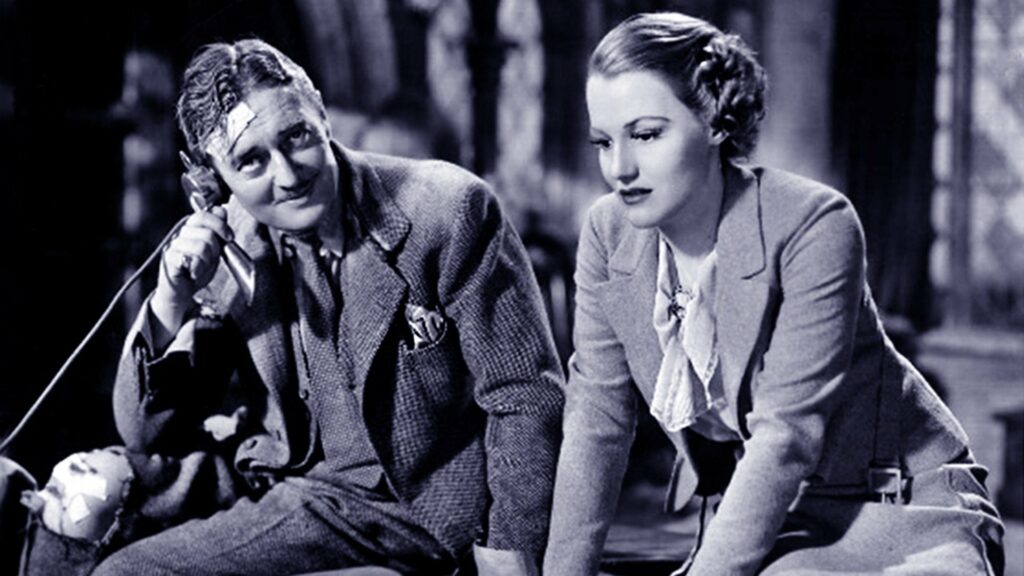

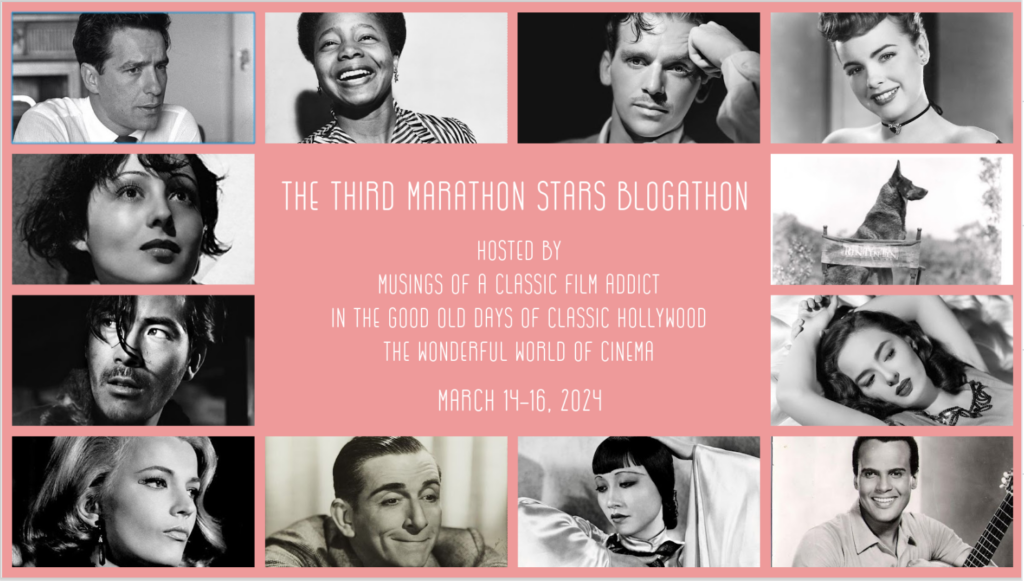

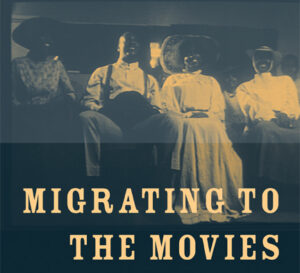
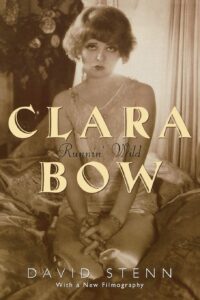
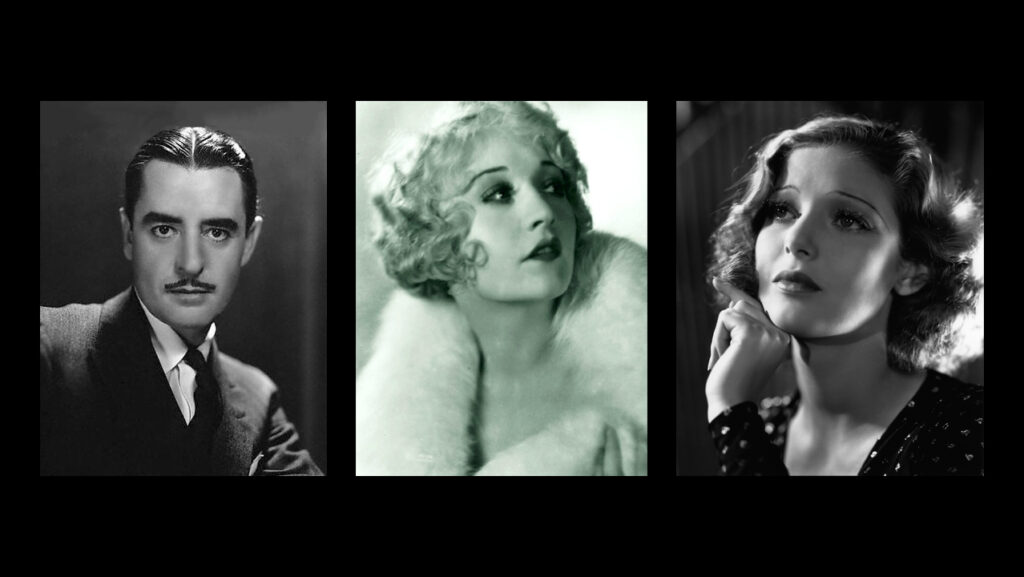
Really enjoyed discovering Edmund Lowe’s films through your great article! I appreciated how well-balanced your comments on the film and the actor’s performances were, highlighting the their qualities and flaws. I’m not really familiar with Lowe’s work. I had heard of Black Sheep because I love Claire Trevor. So I guess I’ll have to see it! And I saw Dinner at Eight and that’s about it. Thanks so much for joining the blogathon!
Thanks! I know Criterion Channel streamed Black Sheep a few months but think it already left. At least we know there is a good copy of the film out somewhere!
And thanks for hosting! I’d love being able to watch several films I wouldn’t have sought out otherwise.
Well, I see I’ve been missing out on a solid actor and some enjoyable flicks. I’m a bit ashamed to say I knew nothing about Edmund Lowe, so I’m very glad to have “met” him through your marvelous essay. I’ll be watching for these films, so thanks in advance!
I am glad there is someone to initiate me into the Edmund Lowe fan club! What are some of you favorite Lowe films and roles you’d recommend watching?
I’ve only watched the talkie version of What Price Glory, but always wanted to seek the silent version, and now I’ll do that because of Edmund Lowe. I haven’t seen much of him as well, so reading your post was a great introduction.
Cheers!
Le
I greatly enjoyed this excellent post, Shawn. I only know Edmund Lowe from Dinner at Eight and Lilyan Tashman (with whom I became obsessed several years ago). I’m fairly certain that I’ve seen Dillinger, but I don’t remember him or the movie, so I’m going to have to track this one down. You’ve also got me wanting to see What Price Glory, Guilty as Hell and Under Pressure. I hope I can find them! Thank you for this great introduction.
— Karen
I have never heard of Edward Lowe, but now I’m curious to find out more. Thanks for this.